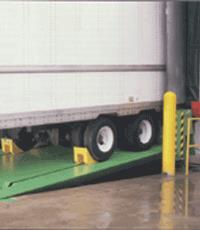Wedoany.com Report-Dec 26, The Oxygène trains feature modern amenities such as high-speed WiFi, USB ports, and redesigned seating inspired by the classic Corail trains.
The French operator SNCF Voyageurs has awarded CAF a contract for the supply of 22 Intercités trains, branded Oxygène. These trains will operate on the Bordeaux-Marseille line. This is in addition to the 28 trains already under contract for the Paris-Limoges-Toulouse and Paris-Clermont-Ferrand lines in 2019. An option to extend the delivery by up to 75 additional trains was included in the original contract for the Oxygène trains.
This new contract for 22 more trains represents a total value of over €400 million. The trains will be built entirely at CAF's plants in Alsace, where the majority of the 28 trains from the first order are already in production.The purchase of new rolling stock by Intercités is financed by the state, which is in charge of the TET network (Trains d'Équilibre du Territoire). This network includes medium and long-distance trains serving French cities not connected by high-speed rail.
The Intercités Oxygène trains have a total capacity of 420 seats, of which 317 are in the second class and 103 are in the first class. The seats have been specially designed for this train. Their aesthetics celebrate the design of the original Corail train seats, which were first introduced 50 years ago. The coaches will also be equipped with LED reading lights, power outlets, USB ports and high-speed WiFi.
At the Velim test track in the Czech Republic, CAF is currently carrying out a series of tests. The purpose of these tests is to validate the design and performance of the Oxygène train by collecting and recording evidence of the correct operation of the rolling stock in order to verify compliance with the relevant national and European railway requirements. In parallel, series production of the trains will continue at the Beasain and Reichshoffen plants. From autumn 2025, a series of approval tests will be carried out on the French rail network over a period of several months. Finally, from 2026, the Oxygène trains will be tested under real conditions on their intended routes, Paris-Clermont-Ferrand and Paris-Limoges-Toulouse.

















